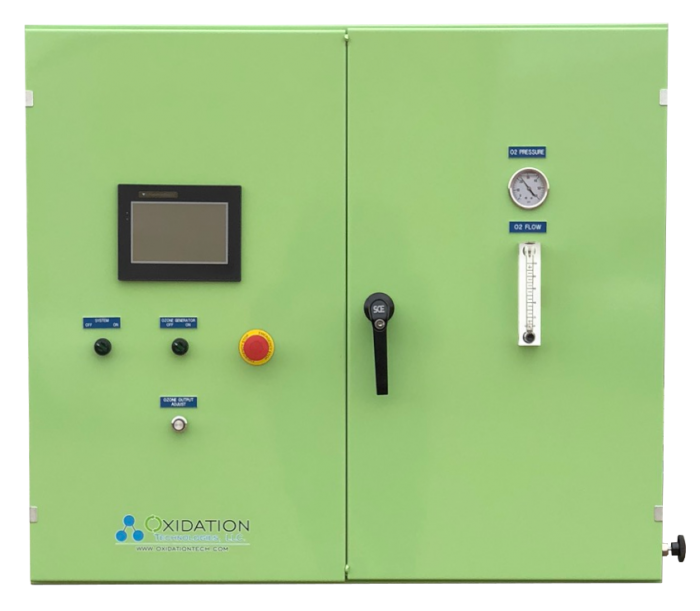In the realm of large-scale ozone production, the choice of ozone generators is a critical factor that significantly impacts both initial capital expenditure and ongoing energy costs. Ozone generators stand out as specialized and unique components in the system, making the decision-making process a key aspect of project planning. This blog post aims to guide you through the considerations, terminologies, and factors influencing the selection of ozone generators for large-scale applications.
Understanding the Importance of Ozone Generators:
Ozone generators play a pivotal role in large-scale ozone production, constituting a substantial portion of the project budget. Unlike more common components like air compressors or chillers, ozone generators are specialized and require careful consideration to align with specific project requirements.
Essential Information and Calculations:
Before delving into the selection process, it’s crucial to be familiar with key terminology, ozone generator performance, and relevant formulas. The following links provide valuable insights into ozone production:
Large vs. Small Ozone Generators:
In principle, for large-scale applications, utilizing larger equipment is often deemed more sensible and economical. However, the unique nature of ozone production introduces a deviation from this principle. Ozone is produced in a small gap within a generator, and scaling up this process isn’t straightforward. Larger generators don’t necessarily mean a direct increase in the size of the ozone-generating gap. Instead, larger generators house more dielectrics within a single cell, while smaller generators have fewer dielectrics.
Advantages of Using Several Smaller Generators:
- Redundancy:
- Failure of a single dielectric affects only a small portion of the ozone system due to multiple dielectrics in a 50 lb/day generator.
- Ease of Repair:
- Any main component (inverter, transformer, cell) can be isolated and replaced in under an hour.
- Availability:
- Smaller generators are more common and readily available in the market, providing flexibility in brand choice.
- Interchangeable Parts:
- Dividing ozone production among multiple small generators allows easier brand switching if needed.
- Installation and Replacement:
- Smaller generators with 1/2” water and gas connections can be installed or replaced by one person with a small forklift.
- Scalability and Expansion:
- Ozone production can be increased incrementally by adding small generators, avoiding the need for significant upfront investments.
- Reliable Components:
- Smaller inverters, ranging from 5 to 10 kW, use off-the-shelf components, making replacement more affordable and feasible.
Conclusion:
Choosing the right ozone generators for large-scale applications involves a careful consideration of factors such as redundancy, ease of repair, availability, interchangeable parts, installation convenience, scalability, and component reliability. By understanding these aspects, you can make informed decisions that not only optimize ozone production but also contribute to a more resilient and efficient system.
For further assistance or inquiries regarding ozone generators and large-scale ozone production, we are here to provide the expertise needed to navigate this critical aspect of your project. Contact us to make informed decisions and ensure the success of your large-scale ozone production endeavors.

